10 Reasons Not to Miss Death Valley
Forget those stereotypes of a haggard straggler crawling across the desert thirsting for water. It’s true Death Valley has its extreme seasons, during the summer temperatures hover around 120 degrees. But for several months each year the lowest basin in North America showcases a glorious, unique global landscape, a not-to-be-missed destination. These are some reasons not to miss it.
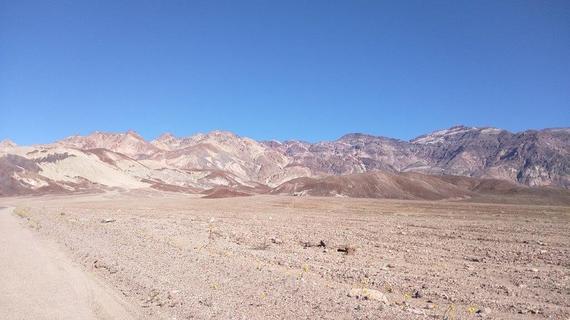
Formed by sections of the earth’s crust pulling away from each other, and augmented by erosion and evaporation, the basin called Death Valley stretches over a hundred miles north and south. The vista from Dante’s View shows how the basin clearly lies between the mountains on either side. Technically it is not a valley, since valleys are formed by flowing water. The park is one of several in northwest America’s Great Basin region which resulted from movement in the earth’s crust.
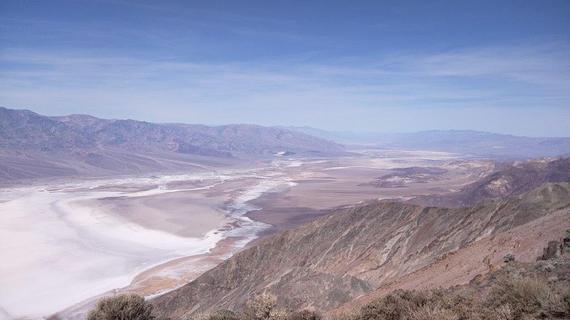
Named Badwater, because a pioneer’s mule rejected the water’s salty residue, the shimmering white bed of what two to four thousand years ago was formerly 30-foot deep Lake Manley now is coated with salt crystals and measures 282 feet below sea level, the lowest spot in North America.
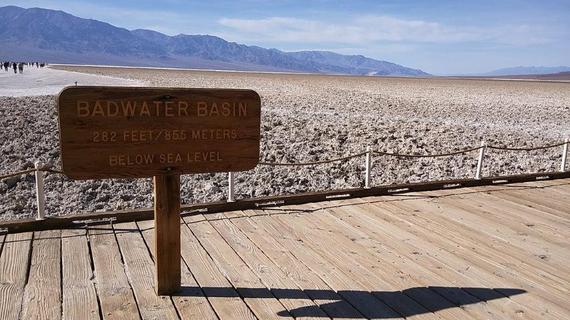
Throughout the park the landscape varies from shades of brown and black to tans and taupes and more. Hills in various hues — some almost pink and green — are showcased in the Artist’s Drive Scenic Loop.
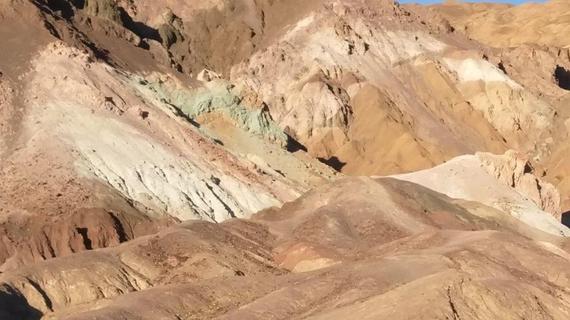
The desolate dunes and basalt rocks mimic the landscape of outer space. Mars explorer devices have been tested on the barren flats and parts of “Star Wars” were filmed in its surreal locations.
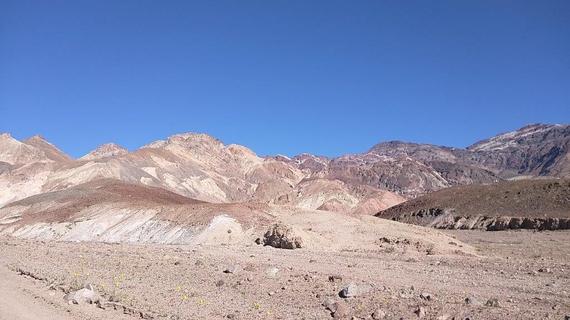
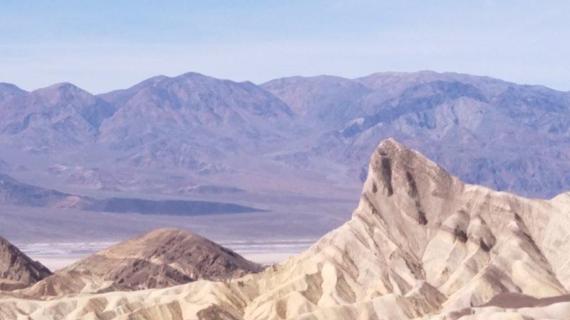
From the Furnace Creek Visitor Center, rangers lead instructive nature hikes through the park. In the sand dunes there are tracks of beetles, kangaroo rats, and coyotes. Hiking through the canyons, guides point out traces of fossils and prehistoric shorelines and waves.
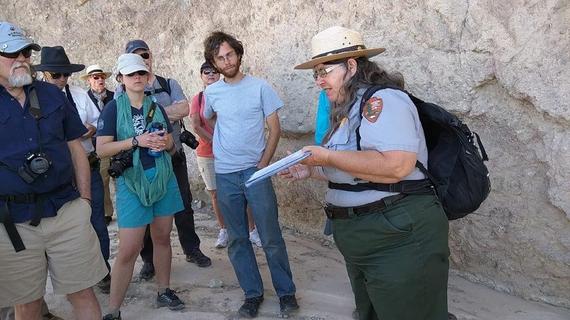
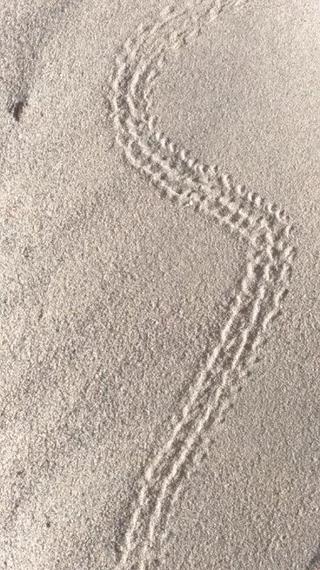
Borax, the powdery white substance mined in the valley for household cleaning purposes, had to be hauled to rail lines for processing. For years, teams of 20 mules (actually 18 mules and 2 horses) hauled ten-ton wagons out through the valley It took 30 days to cover the 165 miles round trip. Remnants of the mining operation are on display in the remains of the Harmony Borax Works and the Borax Museum at Furnace Creek.
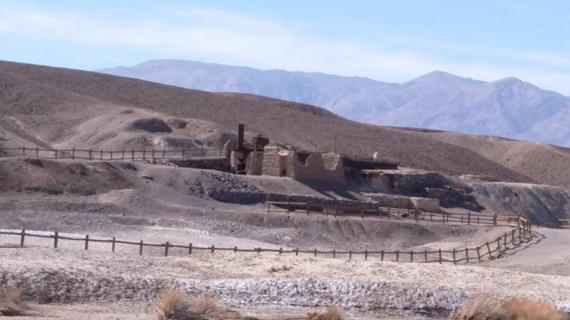
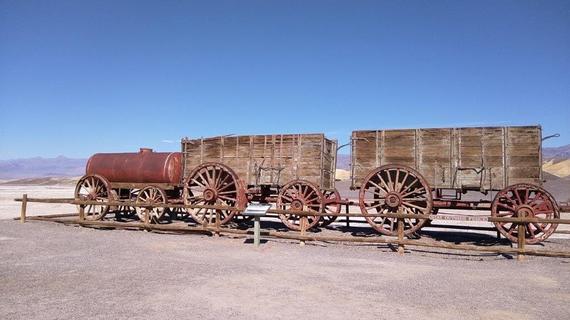
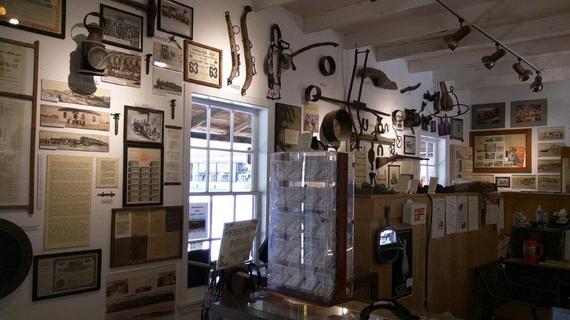
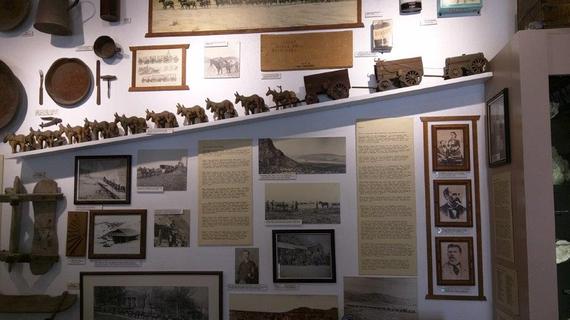
While there are 800 miles of roads within the 3.4 million acres of the park, development is strictly limited. Aside from campsites, there are three “oasis” sites with shops and hotel accommodations: Furnace Creek Inn and Ranch Resorts, Stovepipe Wells Village, and Panamint Springs Resort. At Furnace Creek you can ride horses, play bocce and tennis, picnic in the date grove, and swim in pools heated by natural hot springs.
At Furnace Creek Ranch, the Forty-Niner Cafe serves a famous burger seasoned with “Dante” sauce, 1000 dressing seasoned with chili powder and paprika. Nearby the original Timbisha Shoshone original inhabitants serve frothy smoothies at a snack bar on their homeland.
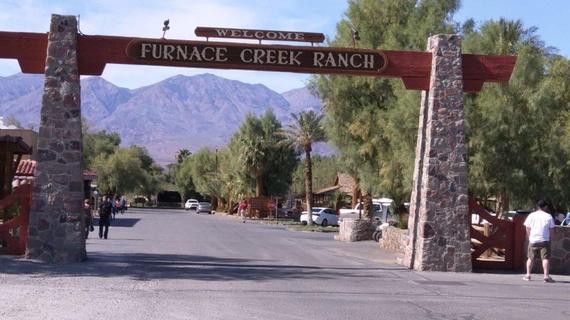
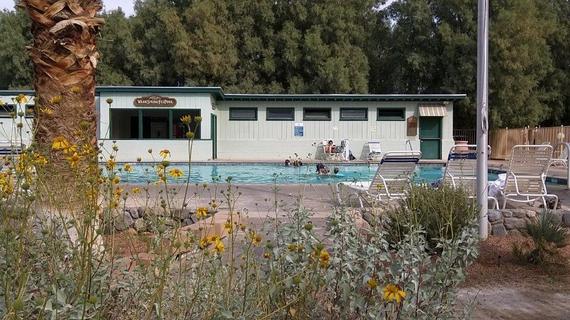


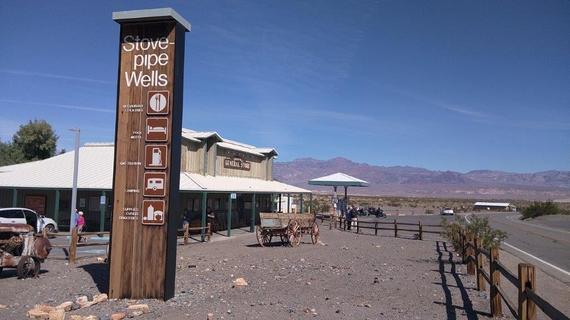
Despite your handicap, no matter how many strokes you hit, at 214 feet below sea level, your score on the Furnace Creek golf links is guaranteed to be the “lowest” you ever record.

In early spring, February to April, you may join the crowds who flock to see the fields of yellow, white, lavender blooms that result from the annual few inches of rain.
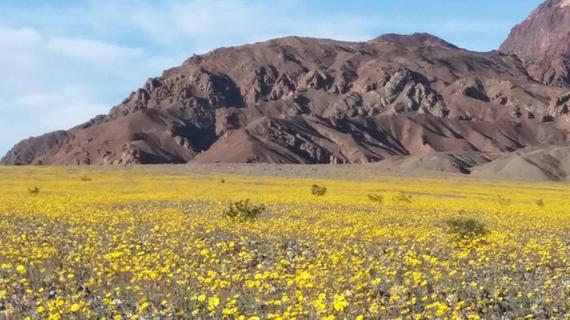

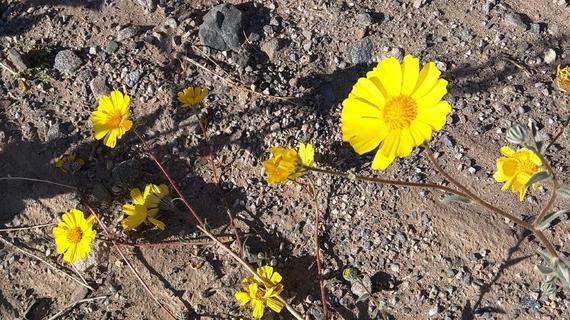

This year is 100th-anniversary of the National Park Service and you can commemorate the Centennial by visiting the largest national park in the contiguous United States.
Published on Huffington Post
